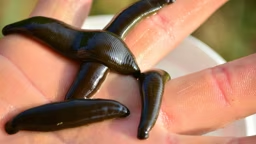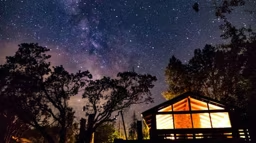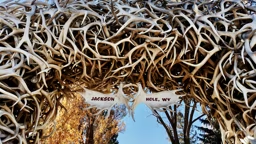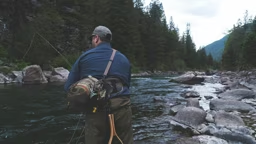
Part of the fun of owning a cabin is getting up close and personal views of wildlife. This fun can be quickly ruined, though, if wild animals decide to make themselves too much at home in your yard. Enjoying a bite in your garden. Burrowing in your yard. Attacking trees and shrubs. It’s almost enough to make you want to give up and go back to the city.
For a lot of us, the idea of capturing the critters and taking them to a new home is most appealing. After all, there’s greener pastures out there – and far away from your cabin. But that’s a key problem with live trapping. If you don’t take the critter far enough away, it will just come back to where it considers home – your place. Also, dropping the critter off may create a problem for your neighbor, a farmer, or might just be illegal. Many states have laws restricting the release of animals onto public lands. Some people feel it’s best to just kill the animal once they’ve trapped it, but again, this may be regulated.
If your state considers the animal to be furbearing, there may be restrictions on when and how you can trap and kill it. If you want to try to trap an animal, it’s best if you contact your local extension agent to get the scoop on the local regulations. If you don’t know how to contact your local extension agent, then head over to the website for the eXtension Foundation, www.extension.org, where you can be directed to your local agent. The best thing to do is what the experts call habitat modification, essentially making changes to your yard to make it less attractive to wildlife.
Habitat Modification
Make the yard near your cabin less attractive to wildlife with these tips:
-
Woodpiles can be good hiding spots, so keep them as far away from your cabin as possible.
-
Cut down tall grass and trim bushes so that their lower branches are several inches above the ground. (However, let shoreline grass grow tall to keep geese at bay.)
-
Pick up fruit and berries soon after they fall. These provide a food source for hungry critters.
-
Keep pet food inside.
-
Drain any areas where water accumulates.
By Ted Snyder, a board-certified entomologist and pest control expert of 20 years.










